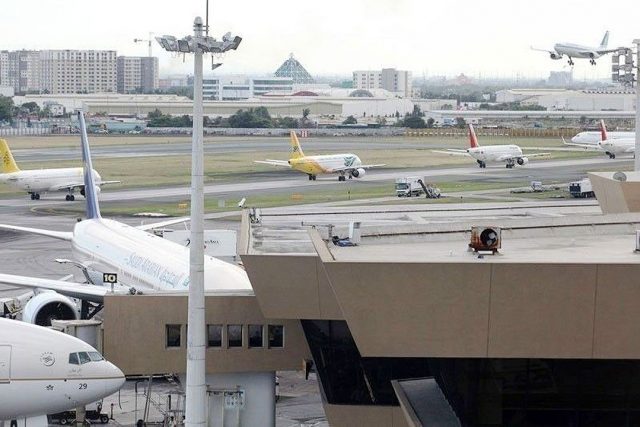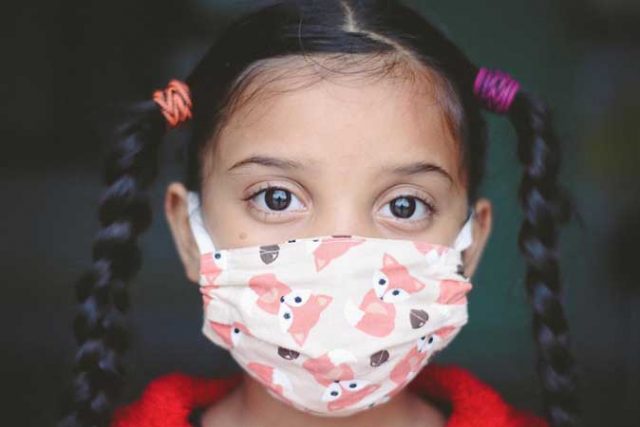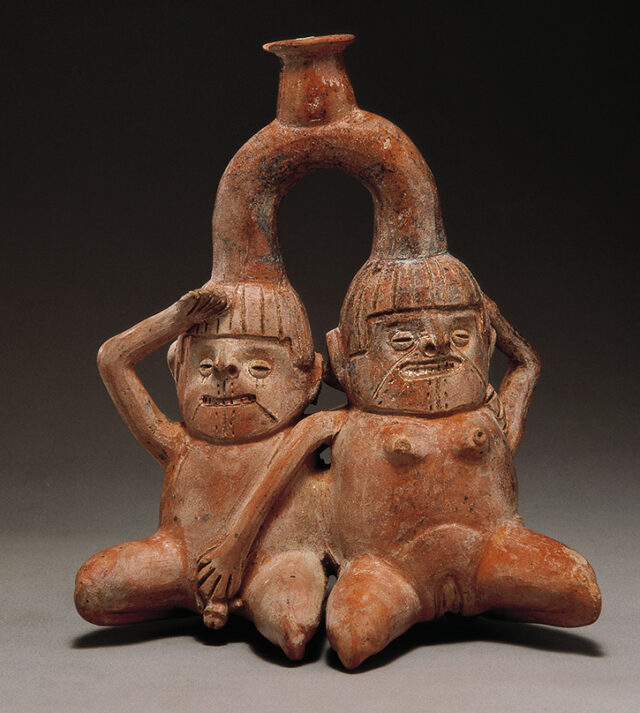Airlines say return to full capacity depends on demand
By Arjay L. Balinbin, Senior Reporter
LOCAL airlines said they are still assessing demand before returning to full passenger capacity after the government lowered the lockdown in the capital region and 38 other areas to Alert Level 1.
“During this pandemic, we would operate at full capacity if flight booking is 100%,” Philippine Airlines (PAL) Spokesperson Cielo C. Villaluna told BusinessWorld in a phone message on Monday.
“Passenger capacity per flight is dependent on demand,” she added.
For its part, budget carrier Cebu Pacific said the situation “remains fluid.”
“We cannot say for sure yet, but we will continue to monitor as we do all possible to prepare for the expected increase in demand for air travel,” the airline said in a statement to BusinessWorld.
Meanwhile, Philippines AirAsia said the airline follows the rule of the airport of destination.
“This is the case with destinations like Bacolod and Iloilo. However, if our destination LGU (local government unit) falls under Alert Level 1, we will implement 100% full capacity,” it said in a statement.
Under the guidelines released by an interagency task force, public transportation in areas under Alert Level 1 will be at full seating capacity.
Public travels between an area with a higher alert level classification and an area under Alert Level 1 will be limited to the capacity of the area at higher risk.
Air, sea and rail public transport in and out of areas under the first alert level will operate at full capacity.
Flag carrier PAL said its safety protocols remain the same.
“The highest standards of safety continue to be observed on each and every flight. Our cabin crew frontliners continue to wear full PPE (personal protective equipment) throughout the journey,” it said in a statement on Tuesday.
“The requirement for passengers to wear face masks and face shields in-flight (except during meals) remains in place. Our HEPA (high-efficiency particulate absorbing) filters cleanse cabin air of bacteria and viruses while disinfection of aircraft surfaces is carried out after every flight. Our flight and cabin crew teams are fully-vaccinated,” it added.
Meanwhile, low-cost carrier Philippines AirAsia said it is gearing up for a “stronger travel demand” this summer.
The shift to Alert Level 1 is expected to “entice more people to travel, especially that all AirAsia destinations are now accepting vaccination cards for fully inoculated travelers,” the airline said in a statement on Tuesday.
“Partially vaccinated guests will also be accepted but subject to LGU travel requirements such as antigen tests,” it noted.
At the same time, Cebu Pacific announced on Tuesday that fully vaccinated travelers from the Philippines may now travel to Singapore for leisure starting March 3 and that they no longer need to quarantine upon arrival, following the extension of the vaccinated travel lane to the country by the Civil Aviation Authority of Singapore.














